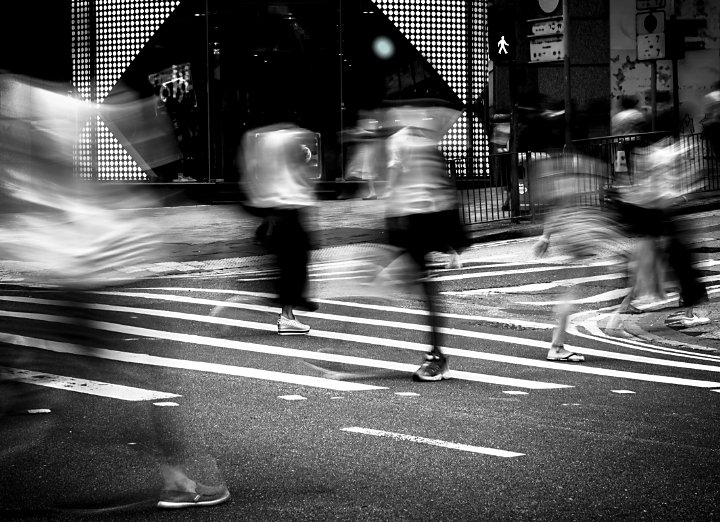The Facts About Framing Streets Revealed
The Facts About Framing Streets Revealed
Blog Article
Framing Streets Things To Know Before You Get This
Table of ContentsSee This Report on Framing StreetsFraming Streets Things To Know Before You BuySome Known Questions About Framing Streets.How Framing Streets can Save You Time, Stress, and Money.Get This Report on Framing StreetsA Biased View of Framing Streets
Photography genre "Crufts Canine Show 1968" by Tony Ray-Jones Road digital photography (likewise in some cases called candid digital photography) is photography carried out for art or query that includes unmediated opportunity experiences and random cases within public areas, generally with the aim of recording photos at a crucial or poignant moment by careful framework and timing. 
The Single Strategy To Use For Framing Streets
Susan Sontag, 1977 Road photography can concentrate on individuals and their actions in public. In this respect, the street photographer is similar to social documentary photographers or photographers that also function in public places, yet with the aim of catching relevant occasions. Any of these professional photographers' photos might catch individuals and property noticeable within or from public places, which usually requires browsing ethical concerns and laws of privacy, safety and security, and building.
Representations of daily public life form a style in virtually every duration of globe art, beginning in the pre-historic, Sumerian, Egyptian and very early Buddhist art periods. Art handling the life of the road, whether within sights of cityscapes, or as the dominant motif, shows up in the West in the canon of the Northern Renaissance, Baroque, Rococo, of Romanticism, Realism, Impressionism and Post-Impressionism.
Some Known Details About Framing Streets
Louis Daguerre: "Blvd du Holy place" (1838 or 1839) In 1838 or 1839 the very first photograph of figures in the road was taped by Louis-Jacques-Mand Daguerre in among a set of daguerreotype sights extracted from his workshop home window of the Blvd du Holy place in Paris. The 2nd, made at the height of the day, reveals an unpopulated stretch of road, while the other was taken at regarding 8:00 am, and as Beaumont Newhall reports, "The Boulevard, so continuously loaded with a relocating throng of pedestrians and carriages was perfectly solitary, other than a person who was having his boots combed.
His boots and legs were well defined, however he is without body or head, due to the fact that these were in movement." Charles Ngre, waterseller Charles Ngre. https://www.youmagine.com/framingstreets1/designs was the first digital photographer to acquire the technological sophistication called for to register people in activity on the road in Paris in 1851. Photographer John Thomson, a Scotsman collaborating with journalist and social protestor Adolphe Smith, released Street Life in London in twelve month-to-month installments starting in February 1877
The Definitive Guide to Framing Streets
Eugene Atget is considered a progenitor, not due to the fact that he was the initial of his kind, however as a result of the popularisation in the late 1920s of his record of Parisian roads by Berenice Abbott, that was motivated to take on a similar documentation of New york city City. [] As the city created, Atget aided to advertise Parisian roads as a worthy subject for digital photography.

7 Easy Facts About Framing Streets Shown
Between 1946 and 1957 Le Groupe des XV yearly showed job of this kind. Andre Kertesz. Circus, Budapest, 19 May 1920 Road digital photography formed the major content of 2 events at the Gallery of Modern Art (Mo, MA) in New York curated by Edward Steichen, Five French Professional Photographers: Brassai; Cartier-Bresson, Doisneau, Ronis, Izis in 1951 to 1952, and Post-war European Photography in 1953, which exported the principle of street photography worldwide.

The Main Principles Of Framing Streets
The recording equipment was 'a hidden electronic camera', a 35 mm Contax concealed under his layer, that was 'strapped to the chest and attached to a long wire strung down the right sleeve'. Nonetheless, his work had little contemporary impact as as a result of Evans' Check Out Your URL sensitivities concerning the originality of his task and the personal privacy of his subjects, it was not released up until 1966, in guide Lots of Are Called, with an intro composed by James Agee in 1940.
Helen Levitt, then an educator of kids, connected with Evans in 193839. She recorded the transitory chalk drawings - Sony Camera that became part of youngsters's street society in New York at the time, along with the children who made them. In July 1939, Mo, MA's new digital photography section consisted of Levitt's operate in its inaugural exhibitionRobert Frank's 1958 publication,, was significant; raw and frequently indistinct, Frank's photos examined mainstream photography of the moment, "challenged all the formal regulations set by Henri Cartier-Bresson and Walker Evans" and "flew in the face of the wholesome pictorialism and heartfelt photojournalism of American publications like LIFE and Time".
Report this page